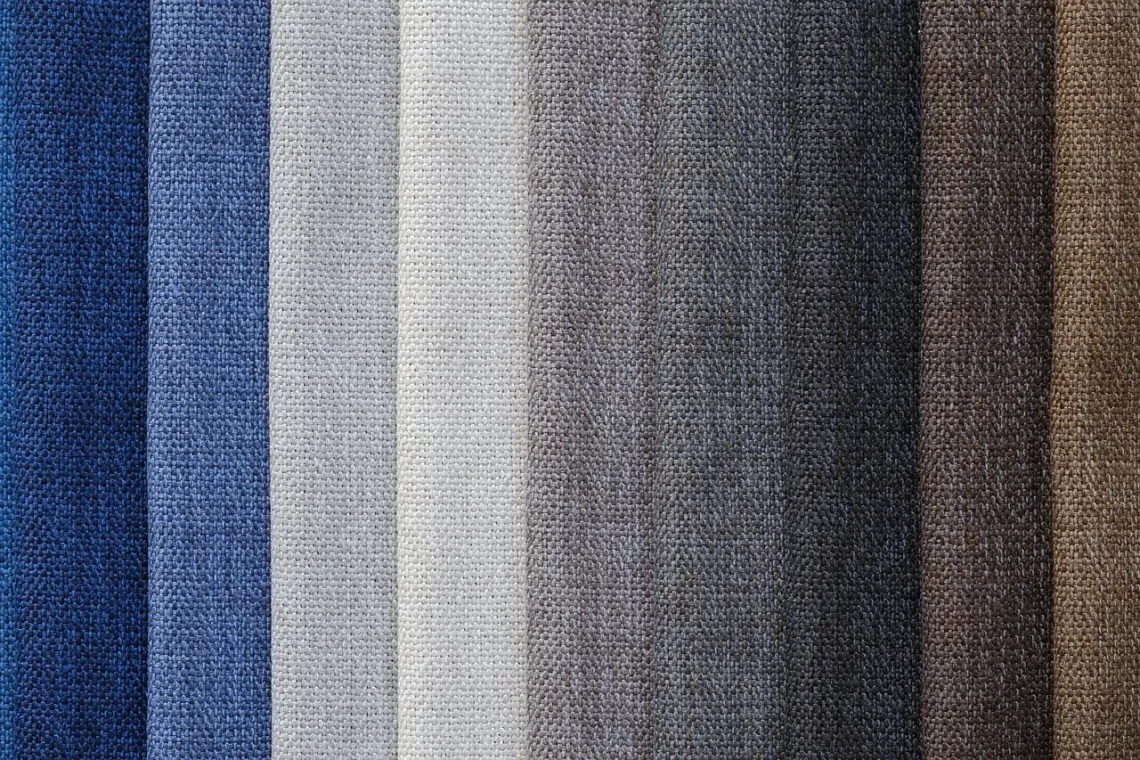
Does 100 Percent Cotton Shrink? What You Need to Know
When it comes to clothing, few materials are as beloved as cotton. Soft, breathable, and versatile, cotton has become a staple in wardrobes around the world. However, one common concern among consumers is the potential for cotton garments to shrink after washing. This issue can be particularly vexing for those who invest in 100 percent cotton items, whether they be shirts, jeans, or bed linens. Understanding the properties of cotton and how it reacts to various washing and drying conditions is essential for maintaining the integrity of your favorite pieces.
The shrinkage of cotton can be attributed to its natural fibers, which have a tendency to contract when exposed to heat and moisture. This phenomenon can lead to unfortunate surprises, such as a once-comfortable shirt turning into a snug fit after just one wash. While many people may assume that all cotton items will behave in the same way, the reality is that there are numerous factors at play, including the manufacturing process, the presence of any blends, and how the garment is cared for. With this in mind, it is crucial for consumers to be informed about the best practices for laundering cotton items to minimize shrinkage and ensure longevity.
In this article, we will explore the reasons behind cotton shrinkage, how to properly care for your cotton garments, and what to expect when it comes to the longevity of your favorite cotton pieces.
Understanding Cotton Fibers and Their Behavior
Cotton is a natural fiber harvested from the cotton plant, and its structure is what makes it both desirable and susceptible to shrinkage. The fibers are composed of cellulose, which is a polymer that can absorb moisture. When cotton fibers are subjected to heat and humidity, they can undergo a physical change. The fibers swell when wet and then contract upon drying, which is the primary cause of shrinkage.
The degree of shrinkage can vary significantly depending on the type of cotton fabric and how it has been processed. For example, cotton that has undergone a pre-shrinking process, often referred to as “sanforization,” is less likely to shrink after washing. This method involves stretching the fabric while it is wet and then drying it in a controlled manner to set its size. On the other hand, untreated cotton fabrics are more prone to significant shrinkage, sometimes up to 20 percent during the first wash.
It is important to note that not all cotton garments are created equal. Blends of cotton with synthetic fibers, such as polyester, can exhibit different shrinkage behavior, often reducing the overall likelihood of shrinkage. These blends are designed to enhance durability and maintain shape even after multiple washes. As a result, consumers should pay attention to garment labels and choose products that meet their needs in terms of care and longevity.
Additionally, the construction of the fabric plays a role in shrinkage. Woven cotton fabrics tend to shrink differently than knitted ones. Woven fabrics are typically more stable, while knitted cotton can be more prone to shrinkage due to its stretchable nature. Understanding these distinctions can help consumers make informed choices when purchasing cotton garments.
How to Care for 100 Percent Cotton Garments
Caring for 100 percent cotton clothing properly can significantly reduce the risk of shrinkage. The key lies in understanding the washing and drying processes. Start by reading the care label on your garment, as it provides specific instructions that can help maintain its size and shape.
When washing cotton, it is advisable to use cold or lukewarm water rather than hot water. Hot water can exacerbate shrinkage, as it causes the fibers to contract more aggressively. Additionally, using a gentle cycle can help minimize agitation, which can also contribute to shrinkage.
Detergents play a crucial role in maintaining the quality of cotton fabrics. Opt for mild detergents that are free from harsh chemicals or bleach, as these can weaken the fibers over time. If your cotton garment is particularly dirty, pre-soaking it in cold water with a gentle detergent can help lift stains without subjecting the fibers to extreme conditions.
Once the washing process is complete, the method of drying is equally important. Air drying is the gentlest option and can greatly reduce the risk of shrinkage. Simply hang the garment on a clothesline or lay it flat to dry. If you must use a dryer, choose a low heat setting and remove the garment while it is still slightly damp. This will help prevent excessive shrinkage while allowing the fabric to finish drying naturally.
Ironing can also be a consideration when caring for cotton. While some people enjoy a wrinkle-free look, excessive heat from an iron can lead to shrinkage. Use a medium heat setting and steam if possible, which can help relax the fibers without causing them to contract.
What to Expect from Your Cotton Garments Over Time
As with any fabric, the lifespan of cotton garments can be influenced by various factors, including wear and care. Over time, even well-cared-for cotton items can experience some degree of shrinkage, fading, and wear. It is important to set realistic expectations about how your garments will hold up.
Typically, the first wash is when the most significant shrinkage occurs. After that initial wash, subsequent washes may result in minimal additional shrinkage, especially if proper care is taken. However, even after years of use, you may notice changes in the fit and feel of your favorite cotton pieces.
Another factor to consider is the impact of repeated washing and drying cycles. The more frequently you wash your cotton garments, the more likely they are to show signs of wear. This is particularly true for items that are washed in hot water or dried on high heat. To extend the life of your cotton clothing, consider wearing items multiple times between washes, spot cleaning when necessary, and following care instructions diligently.
In addition to physical changes, cotton fabric can also undergo color fading over time. This is especially true for brightly colored or dark garments. To preserve color, wash cotton items inside out and avoid exposing them to direct sunlight for extended periods. Additionally, using color-safe detergents can help maintain vibrancy.
Ultimately, understanding the behavior of cotton and how to care for it is key to enjoying your favorite garments for years to come. By being proactive in your laundry practices, you can minimize shrinkage and maintain the quality of your cotton clothing.
Conclusion: Making Informed Choices
In conclusion, while 100 percent cotton garments do have the potential to shrink, informed care can significantly mitigate this issue. By recognizing the factors that contribute to cotton shrinkage—such as fiber behavior, washing techniques, and drying methods—consumers can make choices that protect their investments.
Always refer to care labels, select appropriate washing and drying settings, and remain mindful of the material’s properties. This knowledge empowers you to enjoy the comfort and versatility of cotton without the frustration of unexpected shrinkage.
Remember, if you have specific concerns regarding your health or any medical issues, it’s always best to consult with a qualified healthcare professional for personalized advice.




